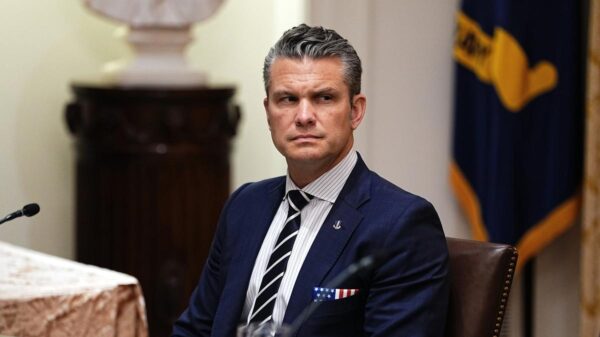The Canadian government has unveiled a comprehensive climate strategy aimed at positioning the nation as a leader in the transition to a low-carbon economy. On October 10, 2023, the Honourable Eleanor Olszewski, Minister of Emergency Management and Community Resilience and Minister responsible for Prairies Economic Development Canada (PrairiesCan), introduced the Climate Competitiveness Strategy. This initiative seeks to stimulate investment across both clean and conventional sectors, addressing the dual goals of combating climate change and enhancing economic growth.
As the global demand for low-carbon products and energy rises, Canada recognizes the urgent need to adapt its economic framework. The strategy emphasizes the importance of attracting investment and fostering innovation in clean technology, which is seen as crucial for maintaining the country’s competitive edge on the world stage. Olszewski highlighted that the strategy will help Canada build the “strongest economy in the G7,” leveraging the nation’s abundant natural resources and technological advancements.
Investing in a Sustainable Future
The Climate Competitiveness Strategy is designed to create favorable conditions for investing in clean growth technologies. By focusing on infrastructure development, workforce training, and support for innovation, the strategy aims to lay the groundwork for long-term prosperity. Olszewski explained that these initiatives are not just about meeting environmental targets but are also pivotal in driving new economic opportunities.
Canada’s commitment to reducing emissions intensity will open doors for Canadian companies to lead in the global market. The government is confident that by harnessing domestic clean technology, it can significantly mitigate climate change impacts while simultaneously boosting economic growth. The strategy also emphasizes collaboration across various sectors to achieve these ambitious goals.
Building Resilience in a Changing World
Facing global economic uncertainties, the Canadian government is taking proactive steps to ensure its industries remain resilient. The Climate Competitiveness Strategy is a critical component of this effort, aimed at reinforcing Canada’s position as a clean energy superpower. Olszewski asserted that every action taken now—be it in infrastructure or workforce development—is an investment in the future.
By targeting investments in clean technologies, Canada hopes to enhance its international standing while creating jobs and improving affordability for its citizens. The government believes that the historic transformation towards low-carbon energy presents unprecedented job growth opportunities and economic benefits that can be realized in the coming years.
In summary, Canada’s new climate strategy marks a pivotal step towards integrating environmental responsibility with economic growth. As the global landscape shifts, this initiative positions the country to not only meet its climate goals but also thrive economically in a rapidly changing world.


































































